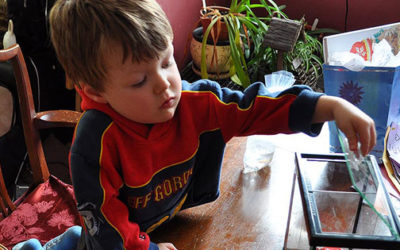The best news of all: The majority of these articles can be accessed through the Reef to Rainforest Back Issue Archives, in both print and digital formats.
Freshwater Articles
AMAZONAS September/October 2013 Preview
Among the best-liked of tropical aquarium fishes, Corydoras and Aspidoras catfishes are appearing in an astonishing diversity of new species, many of them small in scale and perfectly suited nano-size tanks.
AMAZONAS Feature Video: “Tributary” Aquascape
This ultra-low-profile planted aquarium by aquascaping master James Findley in Wales is sure to get the inspirational juices flowing for many aquarists.
New Killifish Species from Cameroon
A strikingly handsome new species of killifish the Pama River, a small tributary of the Nyong River flowing into the Gulf of Guinea in Central Africa’s Republic of Cameroon.
AMAZONAS Video: Giant Amazon Water Lily
Fascinating look at Victoria regea, the spectacular Giant Amazon Lily, with David Attenborough and additional videos of the Kew Gardens Giant Amazon Lily pond house.
PlanetXingu FundRazr Campaign To Fund Rio Xingu Scientific Expedition
The Lower Rio Xingu, imminently threatened by the Belo Monte Dam project, is the subject of a grassroots crowd-funding effort to support biodiversity research before it’s too late.
New See-Through Nano Tetra Discovered
“It is a strange little animal, completely transparent with an otherwise unique colour pattern,” says London Natural History Museum fish ichthyologist Dr. Ralf Britz of a tiny new tetra he helped identify and name.
The Betta Son – Part 4
Catch a personal look at Ethan’s experience with his new pet bettas.
The Betta Son – Part 3
Matt and Ethan head on a road trip to pick out Ethan’s first Betta.
The Betta Son – Part 2
A confluence of events helps Matt decide what Ethan’s first fish will be.














